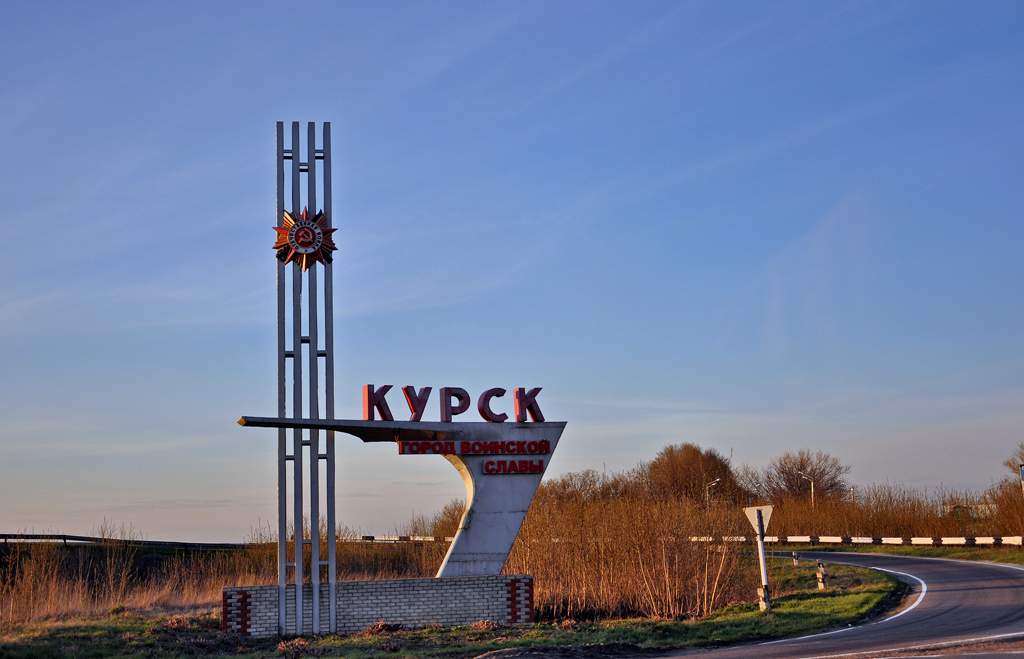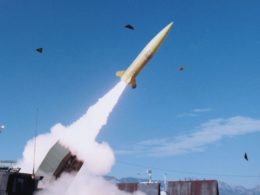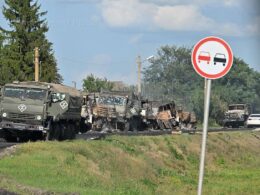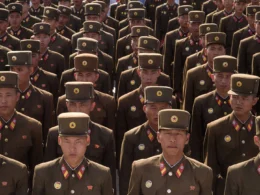Russian authorities have implemented a "counter-terrorist operation regime" in the Kursk, Bryansk, and Belgorod oblasts bordering Ukraine, granting security forces expanded powers.
Combat operations have persisted in Kursk Oblast since 6 August, following a Ukrainian military incursion. The region faces widespread panic and disorganized evacuations. Details remain scarce on the number of Ukrainian troops involved, their objectives, and the strategic rationale behind this offensive, particularly given Ukraine's difficult situation on the front in Donetsk Oblast.
On 9 August, Russia escalated its response, declaring a federal-level state of emergency. Social media footage emerged the same day, allegedly showing Ukrainian soldiers with their flag at a Gazprom facility in Sudzha, Kursk Oblast, claiming control of the area. Unconfirmed reports suggest Ukrainian forces have captured about 100 square kilometers of the region.
https://twitter.com/EuromaidanPress/status/1821946736576794642
While the Russian Ministry of Defense asserts it maintains control, Kyiv has yet to officially comment on the Kursk operations. President Volodymyr Zelenskyy indirectly acknowledged the situation, mentioning a briefing on "Ukrainian defensive actions" in areas from which Russia has been attacking Ukrainian territory.
The counter-terrorist regime allows Russian authorities to check documents at borders, relocate civilians, enter premises, requisition vehicles, and restrict communications as deemed necessary.
Read more:
- Ukraine's surprise Kursk incursion: lifting spirits or stretching resources?
- Kursk incursion: why is Ukraine taking the war to Russian soil?
- British intel: Russia continues costly infantry-led assaults for in Ukraine, making tactical gains





